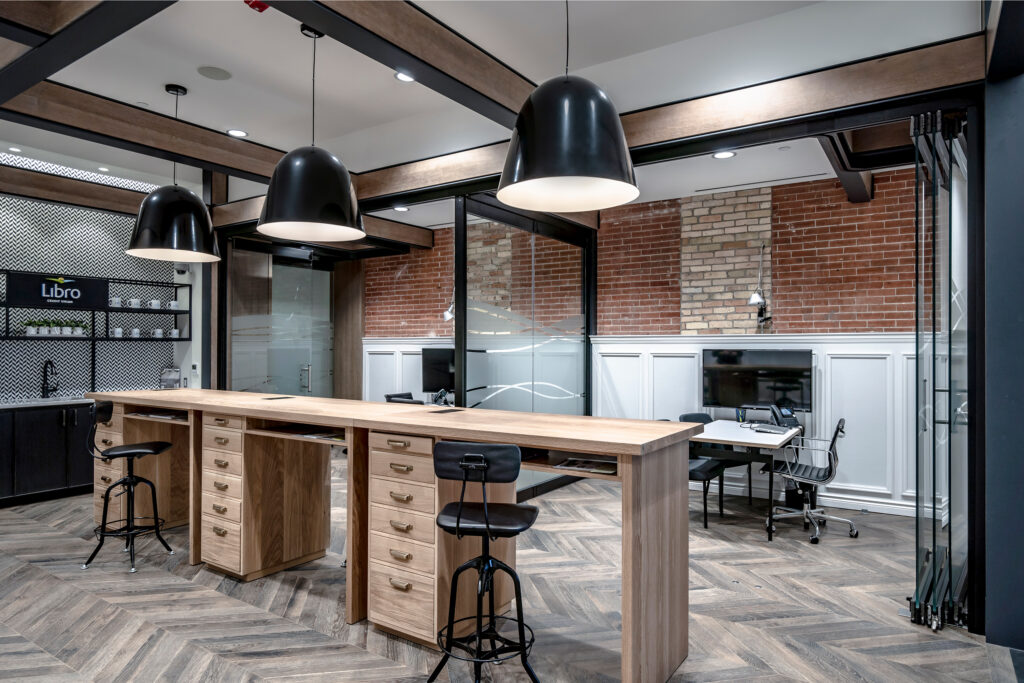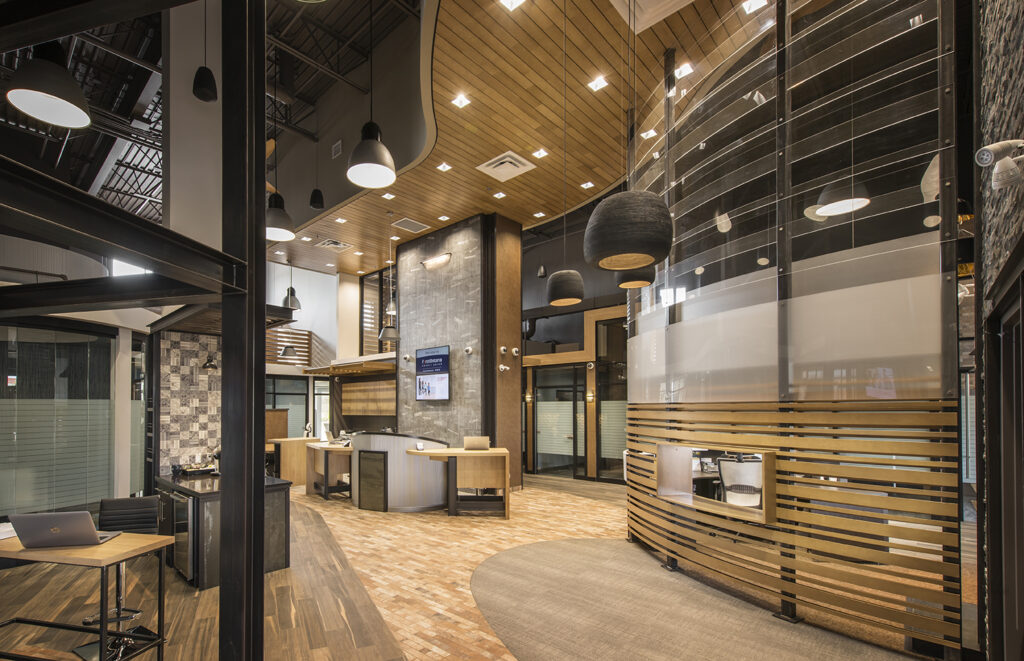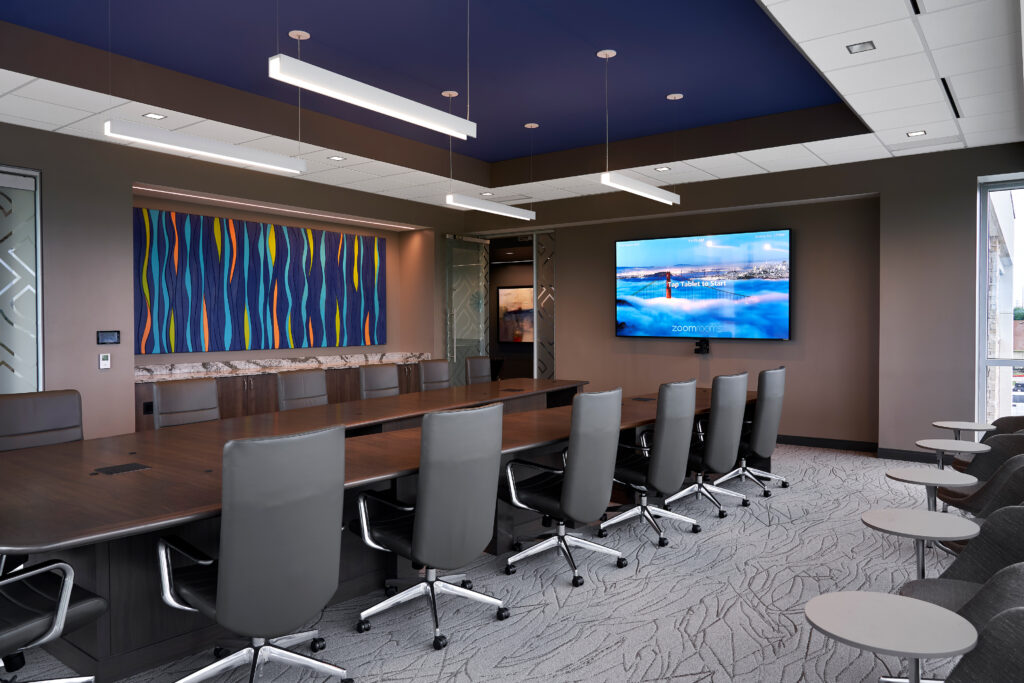Design choices are all about answering questions. These questions have to do with the space, its utility, and aesthetics. How do you design a space that is attractive, functional for its purpose, and representative of the style and values of the organization? By offering compelling, meaningful design choices.

Offering options can help establish buy-in.
Before clients can be satisfied with their final product, they have to understand and believe in the design choices that were made. One way to do this effectively is by offering design choices that they can speak into directly.
“Design options are critical in that they engage the client in the process,” said NewGround Senior Vice President of Design, Tom Auer. “As they evaluate the options they are making in certain selections, they are in fact steering the design and guiding the design team to their vision of the project,” Tom continues. “This naturally leads to a client that is invested emotionally into the final solution.”
By allowing them to help you discover their design preferences through these choices, their own understanding and ownership of the finished product can be strengthened.

At every phase of design, client choices will inform your project.
Not only do the choices designers offer to clients help establish buy-in, but they also illuminate the client’s values and priorities. Even the simplest design choices regarding color and style can tell you a lot about what the client wants. What is the feeling they want to evoke with their aesthetic choices? By offering options, designers can help clients clearly articulate their design goals.
Offer options for seating, lighting, and flow of foot traffic to get a better idea of how each client envisions their space. Many of these questions can be answered in preliminary design discussions, but by offering suitable options, you’ll gain a more nuanced perspective of what the client expects from your design project.

There is more than one right answer.
The range of design options available today is wider than ever. For all elements of design, there are potentially dozens of solutions that effectively address client needs. Offering clients interesting choices that all speak to their concerns will help you narrow your options to find materials, furniture, lighting, and more that will help you achieve your design goals.
Designers are needed to isolate a manageable list of options, and explain the benefits and drawbacks of each choice to the client. If the designer feels strongly about the options available, this is their chance to explain why to the client and get their feedback.
Paying close attention to a client’s choices gives designers the most valuable feedback they can receive and helps clients articulate their vision more clearly.